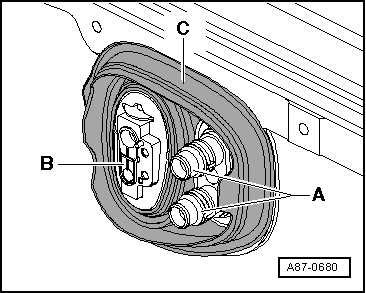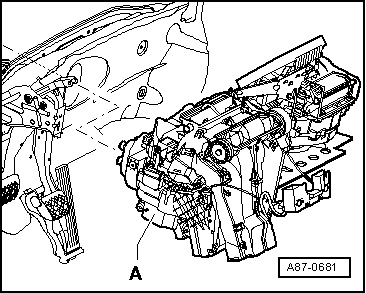| –
| Remove the components impeding access to the fastening bolts of the coolant tubes -A- of the expansion valve and the coolant hoses to the heat exchanger in the engine compartment. |

Note | So as not to damage the dashboard outer lining, the control panel is only to be placed on a clean workbench covered, for example, with clean cardboard. |
| –
| Remove the two vents from the foot well for the rear area. |

Note | t
| Depending on the engine and the vehicle version, it may be necessary to release or remove the following components (upper cover of the engine, air conduit to the throttle and the intake manifold etc.) → Engine /Mechanics; Rep. Gr.13 |
|
|
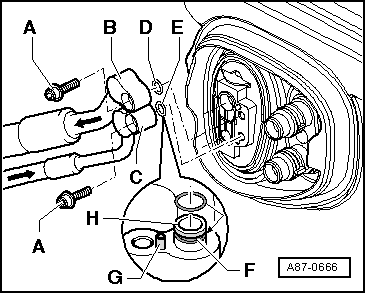
|
 Note
Note Note
Note Note
Note
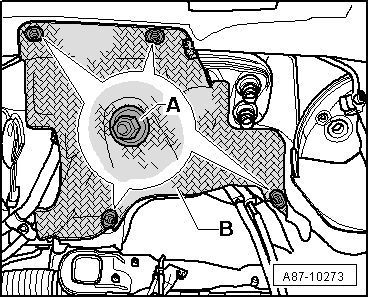
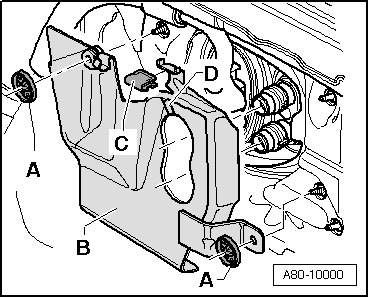
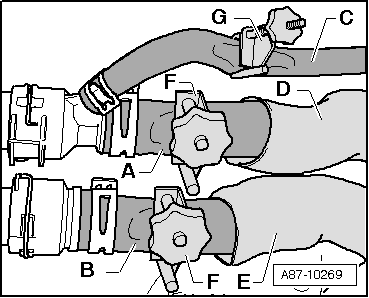
 Note
Note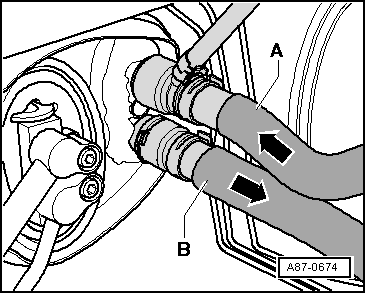
 Note
Note Note
Note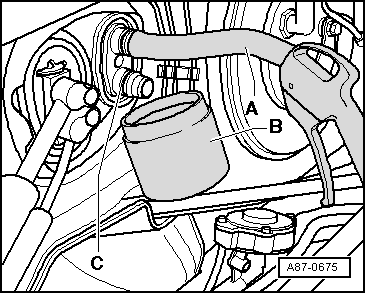
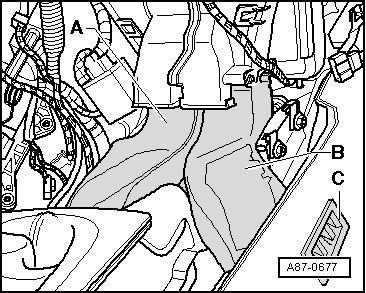
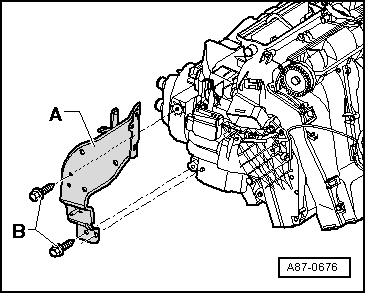
 Note
Note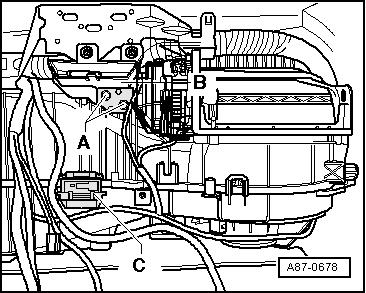
 Note
Note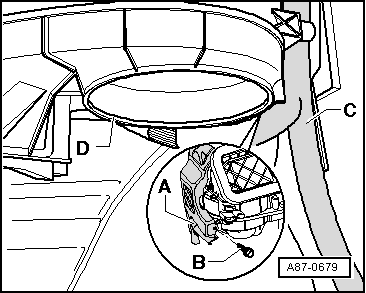

 Note
Note